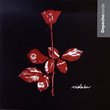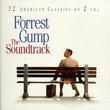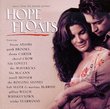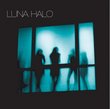| All Artists: Wolfgang Amadeus Mozart Title: Mozart: Streichquartett KV 499, 589 & 590 Members Wishing: 0 Total Copies: 0 Label: Dg Imports Release Date: 11/9/2004 Album Type: Import Genre: Classical Styles: Chamber Music, Historical Periods, Classical (c.1770-1830) Number of Discs: 1 SwapaCD Credits: 1 UPC: 028947750819 |
Search - Wolfgang Amadeus Mozart :: Mozart: Streichquartett KV 499, 589 & 590
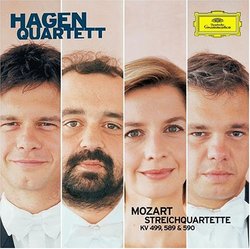 | Wolfgang Amadeus Mozart Mozart: Streichquartett KV 499, 589 & 590 Genre: Classical Here are three of the greatest--and most difficult--string quartets, not only from Mozart's own time but in the entire literature. Written between 1786 and 1790, at the peak of his compositional mastery, they induce an inc... more » |
Larger Image |
CD Details
Synopsis
Amazon.com
Here are three of the greatest--and most difficult--string quartets, not only from Mozart's own time but in the entire literature. Written between 1786 and 1790, at the peak of his compositional mastery, they induce an incomparably blissful feeling with their flow of golden melodies, and of incredulous admiration at their harmonic surprises and marvelously complex counterpoint. It seems nothing short of miraculous that anyone could write such serene, heavenly music while battling ill health and adversity. K. 499 is reported to have been a gift to Mozart's publisher, Anton Hoffmeister; K. 589 and 590 were conceived as part of a never completed set of six quartets to be dedicated to the King of Prussia, an accomplished cellist. Their prominent cello parts are a tribute to him, while their equally wonderful viola parts celebrate Mozart's own love for that instrument; indeed, all the voices move with soloistic independence, yet engage in intimate give-and-take, so playing them is a total delight. The Hagen Quartet makes the most of the opportunities for virtuoso display and conversational rapport. The group is excellent, able to handle the most formidable instrumental challenges easily; that it includes three members of one family may contribute to the players' unanimity of intonation and ensemble. Their approach to the music is idiosyncratic and tends toward exaggeration: fast, often breathless tempi, long pauses before dynamic and character changes that break up the continuity, extreme contrasts, aggressive accents. The tone is strident and the playing, though technically admirable, sounds superficial and over-calculated, without spontaneity, inwardness, grace, charm or humor. --Edith Eisler
Similarly Requested CDs
| Depeche Mode Violator Genres: Dance & Electronic, Alternative Rock, Pop, Rock Label: Reprise / Wea | |
| Replacements Tim Genres: Alternative Rock, Pop, Rock, Metal Label: Sire / London/Rhino | |
| Chantal Kreviazuk What If It All Means Something Genres: Pop, Rock Label: Sony | |
| Luna Halo Luna Halo Genres: Alternative Rock, Pop, Rock, Christian & Gospel Label: American | |

